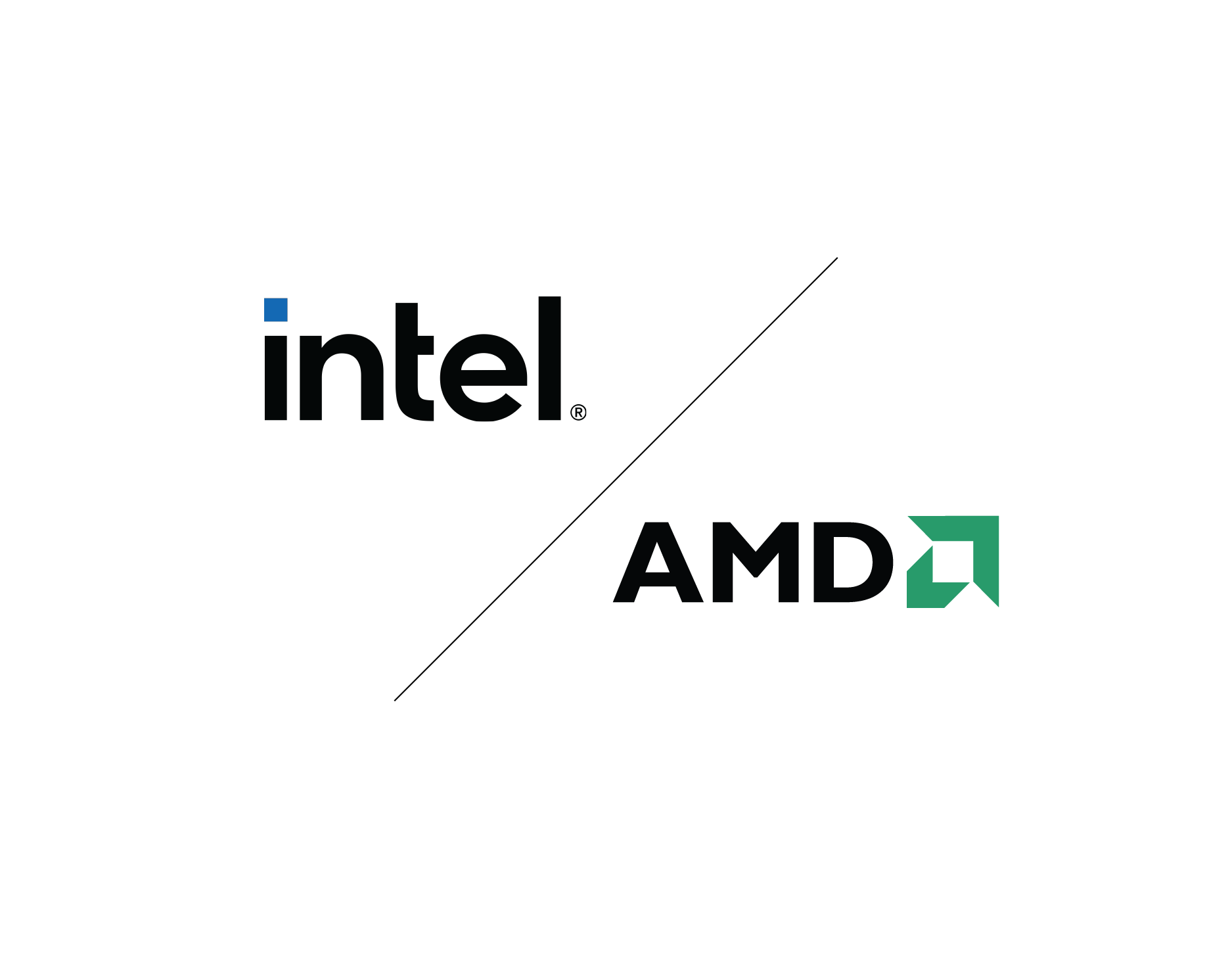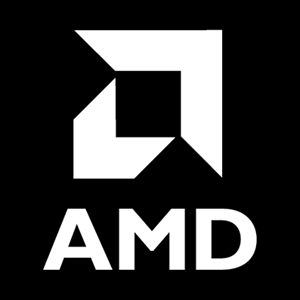Radeon Technologies Group: 1 Year of Perfecting Pixels
a strategic realignment occurred at AMD to put a singular focus on  graphics and bring AMD back to its roots of delivering great high-performance computing products. With that, the Radeon Technologies Group (RTG) was born.
graphics and bring AMD back to its roots of delivering great high-performance computing products. With that, the Radeon Technologies Group (RTG) was born.
Before creating RTG, the Radeon brand was flourishing with strong early leadership in DirectX® 12, a robust lineup of Radeon 300 series graphics cards, and burgeoning VR alliances. AMD was known for providing innovative products at a great price-to-performance ratio and was delivering great hardware for gamers, but good wasn’t good enough. While many regarded the Radeon brand as the value leader, some felt the graphics card releases under its umbrella emphasized speed above all else. The question therefore faced by AMD was – while great hardware was being delivered to gamers, was the gaming evolving itself? It was time to make graphics great again.
The vision was to fully revamp and revitalize the Radeon brand. AMD needed to execute on multiple fronts: hardware, software and marketing. The prerequisite was to innovate at a blistering pace, establish leadership positions within new platforms like virtual reality, radically redesign software ecosystem, develop new technologies, and deliver premium hardware at affordable prices.
The RTG umbrella granted AMD a dedicated division focused on growing our business and creating a thriving environment for the best and brightest minds in graphics to be part of the team re-defining the industry. Under the leadership of Raja Koduri, Senior Vice President and Chief Architect at RTG, AMD is making steadfast progress toward the goal of impacting 90%+ of immersive pixels in the world by 2020 with AMD Radeon IP.
Some of the key developments made last year include:
- Software
Radeon Software Crimson Edition Software – Launched last year, the redesigned software delivers stable, game-ready drivers more frequently and create more demand for Radeon hardware
GPUOpen initiative – AMD believes that co-creation will effectively advance the VR industry and enable content creators. This led to the formation of GPUOpen, a comprehensive collection of visual effects and productivity tools that are easily downloadable at no cost to developers. Our GPUOpen philosophy allows them to level-up their code, improve ours, and upload the improvements to benefit the entire developer community. More recently, AMD announced Radeon LOOM, an important new piece of this initiative. It will be open source, free to use, and platform agnostic.
Professional Graphics
- Radeon Pro Duo – Powering VR development and doubling as a supercharged dual-GPU graphics card for ultra-enthusiast gaming, the Radeon Pro Duo drives content creation at the ultimate fidelity level when combined with the AMD LiquidVR API
- Radeon Pro SSG – Unveiled the first professional graphics card solution with a revolutionary 1TB SSG (Solid-State Graphics) on the board. The Radeon Pro SSG blends existing Radeon GPU architecture with a full terabyte of M.2 non-volatile memory. Edit raw 8K video radically fast and break down the barriers of working with large data sets.
- Consumer Graphics Polaris architecture based RX series graphics – Reinvigorating the consumer market with the accessibly priced, VR-ready powerhouse, the Radeon RX Series were based on revolutionary 14 nm FinFET technology, delivering an historic leap in performance alongside dramatic power efficiency improvements
Today, AMD is powering the overwhelming majority of home entertainment VR systems around the world, with an estimated 83 percent market share. AMD has also made sizeable investments in the VR ecosystem – through platform; hardware such as partnerships with HTC Vive and Oculus Rift; location-based VR; medicine; education; visualization; journalism and content creation. The objective is to deliver future-proof technologies that prioritize long term value.






